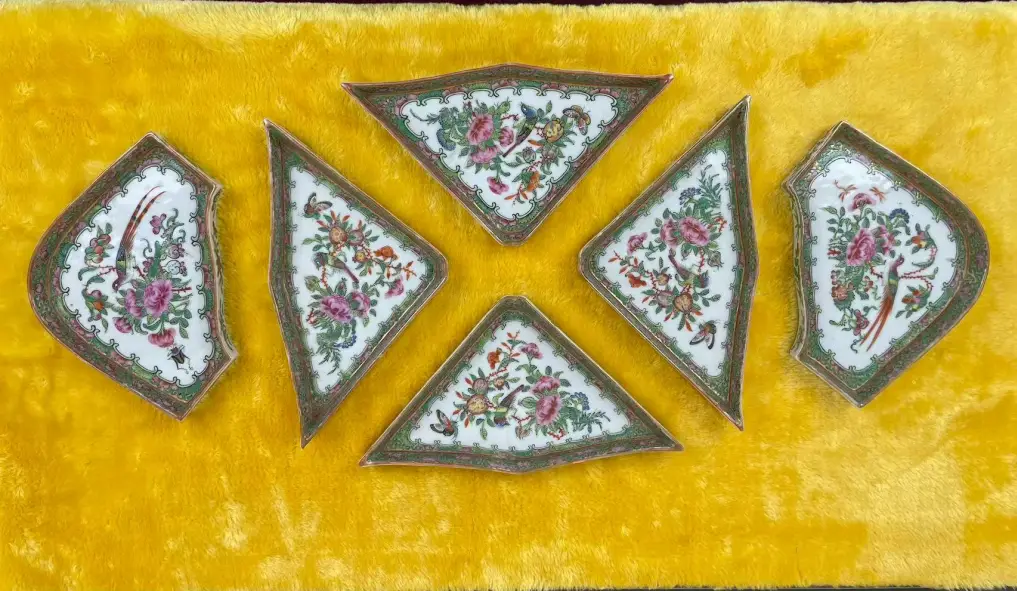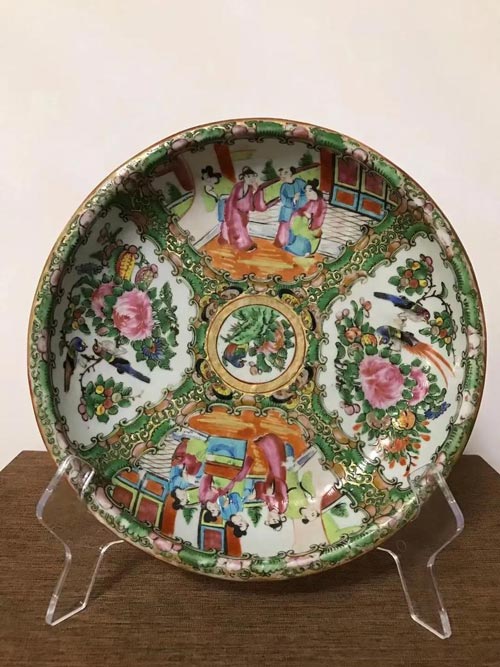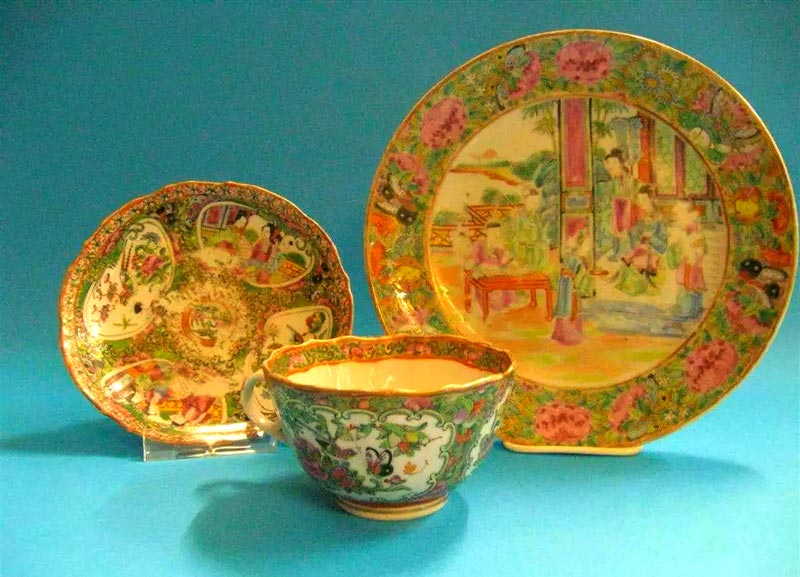19th-Century Guangcai Porcelain Fruit Plate
By: actCoupons | August 26, 2025

Guangcai originated during the Kangxi period of the Qing Dynasty. At that time, Guangzhou was an important port for foreign trade, and Western merchants placed large orders for Chinese porcelain. To meet export demand, white porcelain bodies from Jingdezhen were shipped to Guangzhou, where local artisans painted and decorated them with pigments tailored to Western aesthetics and preferences. After firing, the unique Guangcai porcelain was created.
◆ Craft Features:
- Unique Pigments: The pigments used in Guangcai porcelain are rich in colors, including red, green, yellow, blue, and purple, and possess a unique luster. For example, the commonly used "Guangcai Red" is vibrant and eye-catching, and its color resists fading even after firing.
- Diverse Techniques: Guangcai porcelain incorporates a variety of painting techniques, such as rendering, outlining, and coloring. When depicting figures, flowers, and birds, delicate lines are often used to create outlines, and rendering is used to convey a sense of three-dimensionality and layering.
- Full Composition: The composition is full but not overflowing, often filled with a variety of motifs, such as flowers and birds, figures, landscapes, and geometric patterns, interwoven together to create a vibrant and gorgeous visual effect.

◆ Artistic Style:
Combining traditional Chinese painting techniques with Western techniques of light, shadow, and perspective, the vibrant colors and bold style create a rich decorative and visually striking effect.

◆ Historical Value:
Guangcai porcelain vessels are made by painting.
The vibrant colors, magnificent gold and jade, the interplay of flowers and birds, the rigorous composition, and the meticulous craftsmanship embody the exquisite beauty of Guangcai, one of China's four great porcelains.
After nearly two centuries of use, it remains in exceptionally pristine condition, making it a rare collectible.